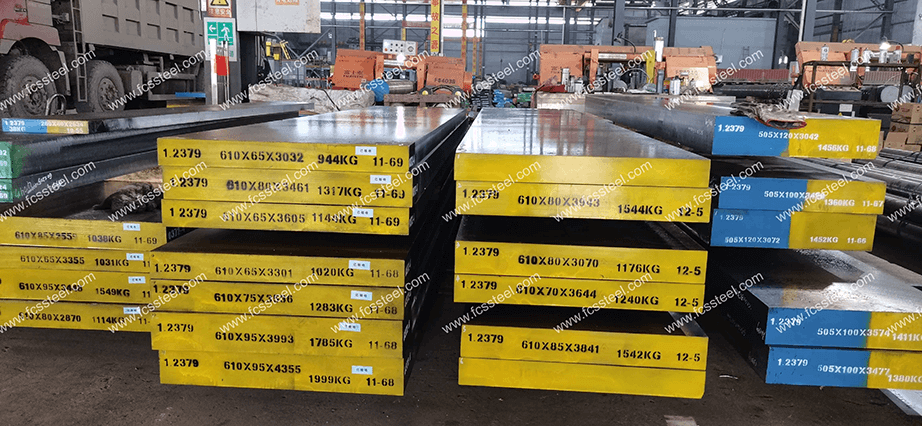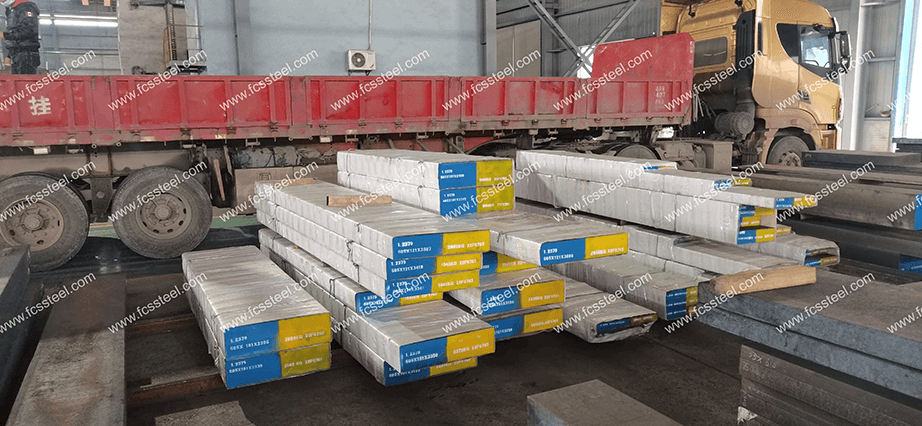From my experience, German tool steel producers face a big problem. The costs for key alloy metals like tungsten and molybdenum are rising quickly. I believe this is creating a real financial squeeze.
I’ve thought a lot about what this means for companies that make or use high-performance steel. Some now expect to pay more and wait longer. Others are considering a complete switch to new materials. I suggest there might be a smart solution most people have not seen yet.

Rising Alloy Costs and the German Tool Steel Landscape

In 2025, Germany’s tool steel industry faces a significant challenge: rising costs of critical alloying elements such as tungsten (W), molybdenum (Mo), vanadium (V), and chromium (Cr). These metals, essential for enhancing hardness, wear resistance, and heat resistance in tool steels, have seen sharp price increases due to global supply constraints, geopolitical tensions, and higher mining costs.
Germany, with its strong automotive, engineering, and precision manufacturing sectors, relies heavily on high-performance tool steels such as 1.2344 (H13), 1.2379 (D2), and 1.3343 (M2). Since many of these grades have high W and Mo content, their production costs are directly linked to alloy market fluctuations.
Expected Industry Impact in 2025

The price surge in alloys is likely to affect Germany’s tool steel industry in several ways:
- Production Cost Pressure: Mills and foundries will face higher raw material expenses, which could lead to increased tool steel prices.
- Longer Lead Times: Global alloy shortages may slow production schedules, affecting delivery commitments.
- Shift in Material Choices: Manufacturers might explore lower-alloy alternatives to control costs, though these may compromise performance for certain applications.
- Impact on SMEs: Smaller tool steel processors and machining shops may struggle to absorb cost increases, potentially losing competitiveness against larger suppliers.
Global Factors Driving Alloy Price Rises
Mining and Export Restrictions
Several countries that are major producers of key alloying elements have introduced tighter export regulations, impacting global availability. For example, China, the world’s largest tungsten producer, has reduced export quotas to prioritize domestic high-tech industries, while Russia’s molybdenum and vanadium exports have been affected by sanctions and logistical barriers. In addition, stricter environmental regulations are limiting output in countries such as Kazakhstan and Myanmar, where mining activities face new compliance costs. These policies not only reduce global supply but also create uncertainty, prompting buyers to compete aggressively for available shipments, further driving up prices.
Energy Costs and Processing Challenges
Producing alloy metals is an energy-intensive process, requiring high-temperature smelting, refining, and purification. The surge in global energy prices—fueled by disruptions in oil and gas supply chains—has significantly increased the operational costs for mining and metallurgical companies. In Europe, the transition away from coal and the push toward renewable energy has also raised electricity costs for heavy industry. This means that even when ore supply is stable, the refined alloy metals reaching the market are considerably more expensive. Furthermore, power shortages in some producing countries have led to temporary shutdowns of smelters, creating bottlenecks that ripple through the global supply chain.
Green Transition and Competing Demand
The global push for renewable energy and green technologies is creating unexpected competition for the very alloys used in tool steels. For instance, tungsten and molybdenum are essential components in wind turbine systems, electric vehicle batteries, and energy storage units due to their strength, heat resistance, and conductivity. As governments roll out large-scale green infrastructure projects, a growing portion of global alloy output is being diverted to the renewable energy sector. This competition for the same resources tightens availability for industrial uses such as tool steel production, forcing steelmakers to pay higher premiums to secure supplies. Over time, this trend may lead to structural price elevation rather than just temporary spikes.
Strategies for German Buyers
To manage the impact of rising alloy prices, German tool steel buyers can consider:
- Securing long-term supply contracts to lock in prices.
- Diversifying sourcing channels, including imports from alternative markets.
- Stocking up on high-demand grades before further price hikes.
- Working with suppliers who maintain strategic inventory reserves.
FCS Tool Steel’s Clearance Campaign: An Opportunity Amid Price Increases

In response to the alloy price surge, FCS Tool Steel is launching a limited-time clearance sale on premium-grade tool steels from its inventory. This includes W- and Mo-containing grades such as 1.2316, 1.2344 tool steel (H13), and 1.2379 (D2/SKD11).
Advantages for Buyers:
- Competitive Pricing: Clearance prices are significantly lower than market averages.
- Ready-to-Ship Stock: Plates, round bars, and custom-cut sizes available for immediate dispatch.
- Global Delivery: Fast shipping to Germany and other EU destinations.
- Direct Factory Supply: Guaranteed quality with mill certificates.
This campaign allows German manufacturers and distributors to secure essential grades at favorable rates before the full effect of alloy price increases is felt in the market.
Conclusion
The alloy price surge in 2025 poses real challenges for Germany’s tool steel industry, from rising costs to potential material shortages. However, proactive sourcing and strategic partnerships—such as taking advantage of FCS Tool Steel’s clearance sale—can help businesses secure high-quality tool steel while keeping costs under control.
